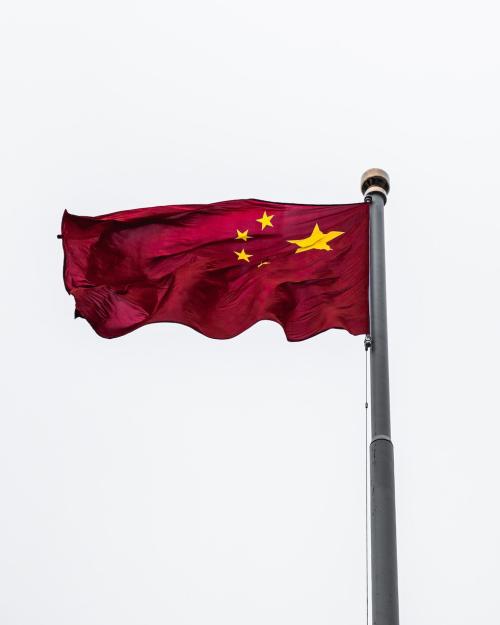Like Chinese leaders for decades before him, outgoing Premier Wen Jibao’s final Government Work Report in 2013 presented a litany of statistics intended to communicate progress: rising GDP, revenues and disposable incomes, along with new housing, rail lines and airports.
But only months later, the tone was dramatically different when Wen’s successor, Xi Jinping – recently awarded a third term as general secretary of the Chinese Communist Party (CCP) – presided over nationally broadcast provincial inspections. Near tears, local officials apologized for caring too much about GDP growth and not enough about people.
In a new book, “Seeking Truth and Hiding Facts: Information, Ideology, and Authoritarianism in China,” Jeremy Lee Wallace, associate professor of government in the College of Arts and Sciences, explains how a few numbers came to define Chinese politics “until they did not count what mattered and what they counted did not measure up,” and the “stunning about-face” led by Xi within the CCP.
Wallace will share his findings as part of a virtual panel discussion hosted by the Center for Strategic and International Studies at 9:30 a.m. on Nov. 2. He spoke to the Chronicle about his research reframing how China got to where it is today and where it’s headed.
Question: Why over the four decades known as “Reform and Opening” did China adopt what you call a system of limited, quantified vision?
Answer: The economic and social disaster of the decade-long Cultural Revolution that preceded Mao’s death made pragmatic politicians and ideas attractive to an elite and a population tired of the turmoil of constant ideological upheaval amid persistent poverty. Tight central control and planning failed to produce growth, so the regime remade itself, decentralizing, experimenting and marketizing. Keeping watch on just a few metrics of critical importance greased the wheels of performance. Decentralization with limited oversight unleashed individual initiative under state capitalism. Initially, economic reforms did much to aid many without harming others. Limited but real vision into localities gave incentives for local growth while allowing local officials to profit personally.
Q. How did that system and vision ultimately come to be undermined?
A. Limiting its vision of localities to just a few numbers – GDP, fiscal revenue,
investment – produced excellent performance on these measures and negative externalities elsewhere. This limited quantified vision did not see important problems that came to plague Chinese society: most notably, corruption, pollution and debt. With increasing regularity, cases of officials juking the stats – that is, fabricating data – came to light, undermining internal and external faith in the reality of Chinese economic growth. Even the limited set of closely watched numbers was moving in the wrong direction; most worryingly, growth was slowing and debt-fueled stimulus became a less tenable response. Over time, these negative externalities came to threaten the country’s economic and political pillars.
Q. What was Xi’s response?
A. In response to the inadequacy of the center’s limited, quantified vision, Xi has centralized power, more closely observing and controlling the actions of the lower-level politicians and bureaucrats who carry out its rule, shifted the ways it justifies its continued rule, and initiated a massive anticorruption crusade. In the book, I call this the “neopolitical turn.”
Q. You argue that dictators must convince populations of their right to rule, and quantification is one tool in their arsenal. How is Xi using it, and what does that say about where China is headed?
A. The book argues that quantification might have more of an authoritarian character than is generally recognized. In simplifying and organizing a complex reality, it imparts an aura of objective truth, transparency and scientific authority to decisions. Quantification appears to aid accountability, without democracy, by generating commonly understood numerical benchmarks and facilitating comparisons, yet it simultaneously empowers the elites who create the metrics under evaluation. Xi's relationship with numbers remains difficult to read. During the recent Party Congress where Xi was given his third term, national GDP data were scheduled to be released but were shockingly delayed until the Congress was over. It’s hard to believe that a country still dealing with real poverty would ignore development and basic economic transparency, but perhaps that’s where this is headed.
Q. How does your analysis of China apply to other authoritarian regimes?
A. While the book keeps its empirical focus on China, I hope that scholars of censorship, propaganda and authoritarianism find some of the book’s theoretical reflections useful as they go about their studies. The book concludes with a discussion of neoliberalism, especially about the need to think about factors outside of the U.S. and Europe driving its global rise and fall.




